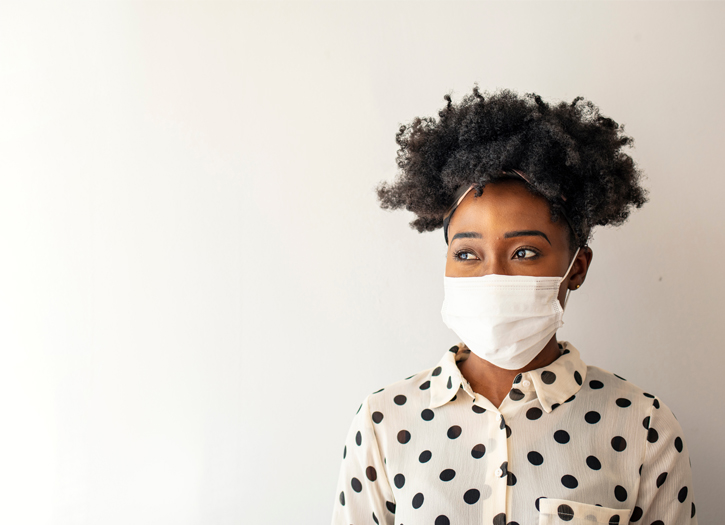The ongoing COVID-19 pandemic was confirmed to have reached the United States in January 2020. The first confirmed case of local transmission was recorded in January, while the first known deaths happened in February. By the end of March, cases had occurred in all 50 U.S. states, the District of Columbia, and all inhabited U.S. territories except American Samoa. As of May 27, 2020, the U.S. had the most confirmed active cases and deaths in the world. As of June 5, 2020, its death rate was 359 per million people, the seventh-highest rate globally.
The initial U.S. response to the pandemic was otherwise slow, in terms of preparing the healthcare system, stopping other travel, or testing for the virus. For much of February, manufacturing defects rendered many government-developed test kits unusable, commercial tests were disallowed by regulations, and strict testing requirements were in place. The U.S. tested fewer than 10,000 people by March 10. Meanwhile, President Trump was optimistic and “cheer-leading the country”, downplaying the threat posed by the virus and claiming that the outbreak was under control.
The Trump administration largely waited until mid-March to start purchasing large quantities of medical equipment. In late March, the administration started to use the Defense Production Act to direct industries to produce medical equipment. Federal health inspectors who surveyed hospitals in late March found shortages of test supplies, personal protective equipment (PPE), and other resources due to extended patient stays while awaiting test results. By early May, the U.S. had processed around 6.5 million tests, and was conducting around 250,000 tests per day, but experts said this level of testing was still not enough to contain the outbreak.
By April 11, the federal government approved disaster declarations for all states and inhabited territories except American Samoa. State and local responses to the outbreak have included prohibitions and cancellation of large-scale gatherings (including festivals and sporting events), stay-at-home orders, and the closure of schools. Disproportionate numbers of cases have been observed among Black and Latino populations, and there were reported incidents of xenophobia and racism against Asian Americans. Clusters of infections and deaths have occurred in urban areas, nursing homes, long-term care facilities, group homes for the intellectually disabled, detention centers (including prisons), meatpacking plants, churches, and navy ships.
Until late April 2020, it was assumed that the first U.S. death had been on February 29, in Kirkland, Washington. The first report of a COVID-19 case in the U.S. came on January 20, in a man who returned on January 15 from visiting family in Wuhan, China, to his home in Snohomish County, Washington. He sought medical attention on January 19. The second report of a COVID-19 case U.S. came on January 24, in a woman who returned to Chicago, Illinois, on January 13 from visiting Wuhan.
In response to the global outbreak, the American federal government implemented a series of travel restrictions denying entry to foreign nationals who had traveled within the past 14 days in certain affected countries, with exceptions for the immediate family of American citizens or permanent residents. The countries were China (restrictions effective February 2), Iran (effective March 2), the 26 European countries that comprise the Schengen Area (effective March 13), the United Kingdom and Ireland (effective March 16). Americans returning home after traveling in these regions were required to undergo a health screening and submit to a 14-day quarantine. In early March, the CDC advised Americans against non-essential travel to China, Iran, Malaysia, and the aforementioned European countries.
The coronavirus outbreak has had varying effects on different areas of the U.S. Of the 154 known deaths in the country before March 20, 94 occurred in the state of Washington, with 35 of those at one nursing home. By late March, the toll was greatest in New York, which saw 56% of all confirmed U.S. cases on March 25. Continuing into April, the New York City metropolitan area remained the country’s worst affected region.In mid-April, a tally by the New York Times found that at least 7,000 deaths from the pandemic took place at nursing homes, or 20% of all deaths nationwide.







Add Comment
You must be logged in to post a comment.